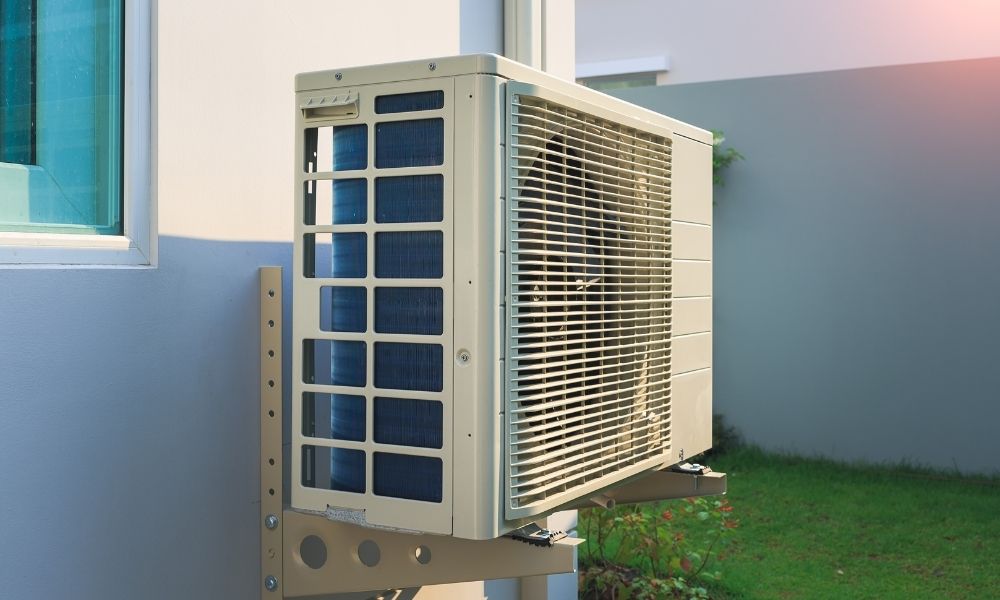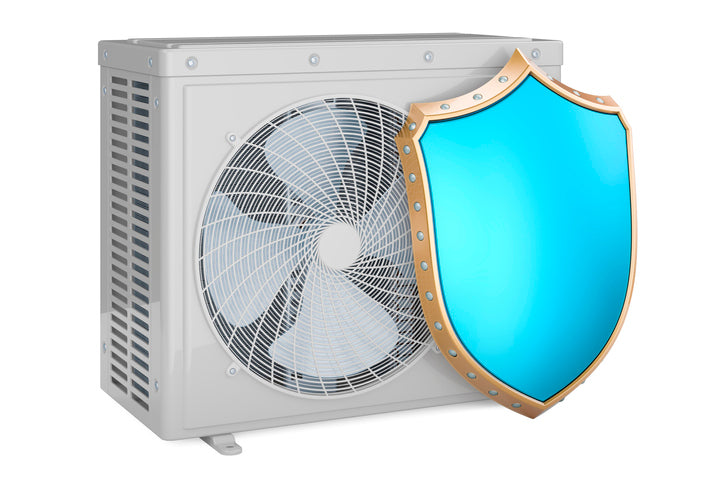How To Locate and Clean a Mini-Split Filter

To keep your mini-split operating effectively, you must clean its filter periodically—typically once every two weeks. Failing to do so can cause the filter to become clogged with dust and other debris. Airflow can become restricted, and the system may have to work harder to successfully heat or cool your home. This results in higher energy bills, degraded air quality, and a shorter equipment lifespan. To avoid these repercussions, follow this simple guide on how to locate and clean a mini-split filter.
Turn off the System
Before starting the process of locating and cleaning the mini-split filter, it is important to turn the unit off. While taking out the filter isn’t a particularly dangerous task, turning the system off serves as a safety precaution to help prevent one’s risk of electrocution.
Locate the Filter
While the location of a mini-split filter may vary depending on the device, most filters are located beneath the front panel of the ductless wall air conditioner or heater’s indoor unit.
Access the Filter
To access the mini-split filter, open or remove the system’s front panel. When doing so, make sure to avoid touching any metal parts. Then, wipe the area down with a soft, dry cloth. Upon doing so, you should be able to easily pull out the filter.
Clean the Filter
Once you have removed the filter, wash it with a mild detergent and a gentle spray of water to remove any dust or other particles. Then, rinse the filter thoroughly to ensure that you remove all the detergent. After cleaning the filter, let it air dry in a shaded area.
Put the Filter Back Into the Unit
Once the filters are completely dry, you can reinsert them into their original location in the mini-split. To do so, open the front panel or take it off again. Then, slide the filter into its designated track and press down on both ends of the filter until it snaps into place. On some models, there may be small tabs at the bottom to clip the filter into place. Once you reinstall the filters, put the front panel back on the indoor unit, and you’re all set!






